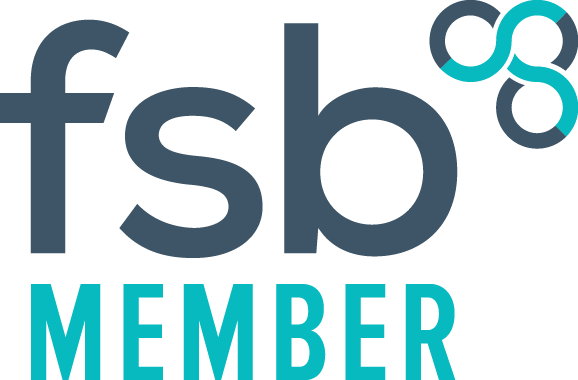AI for Breakfast
Post 145 - How small business owners can easily create a custom gpt with chatgpt for their business
Artificial Intelligence (AI) has become more accessible than ever, providing powerful tools for businesses of all sizes. One such tool is ChatGPT, which allows you to create custom GPTs tailored to your business needs. Whether you're looking to enhance customer service, automate routine tasks, or generate content, creating a custom GPT can be a game-changer. Here's a step-by-step guide on how you, as a small business owner, can easily create a custom GPT with ChatGPT.
Step 1: Sign up for OpenAI
First, you need to sign up for an OpenAI account. Visit OpenAI’s website and follow the registration process. Once you're signed up, you’ll have access to their GPT-3 model, which is the foundation for creating your custom GPT.
Step 2: Access the API
After signing up, navigate to the API section. Here, you’ll find the documentation and keys needed to integrate the GPT-3 model with your systems. You might need a developer's help to set up the API, but OpenAI’s documentation is straightforward and user-friendly.
Step 3: Define your use case
Before diving into the technicalities, it’s essential to define what you want your custom GPT to do. Here are a few examples:
- Customer Service: Automate responses to common customer queries.
- Content Generation: Create blog posts, social media content, or marketing materials.
- Data Analysis: Provide insights based on customer data.
Having a clear use case will help you train your GPT more effectively.
Step 4: Gather your data
To create a custom GPT, you need to provide it with relevant data. For instance, if you’re automating customer service, gather frequently asked questions and their answers. For content generation, compile examples of your previous work. The quality and relevance of your data directly impact the performance of your GPT.
Step 5: Training your GPT
Once you have your data, it’s time to train your GPT. OpenAI provides a user-friendly interface for this. Here’s how:
- Upload Your Data: Use the OpenAI platform to upload your data. This could be in the form of text documents or a database.
- Fine-Tune the Model: Follow the instructions to fine-tune the GPT-3 model with your data. This step involves adjusting the model’s parameters to better understand and replicate the type of content you want it to generate.
- Test and Iterate: After training, test your GPT by asking it questions or giving it tasks. Make necessary adjustments to improve its accuracy and performance.
Step 6: Integration
Once your custom GPT is trained and tested, integrate it into your business operations. This could mean embedding it in your website, linking it to your customer service platform, or using it for internal tasks. Again, you might need some technical assistance, but the OpenAI API is designed to be accessible.
Step 7: Monitor and update
Creating a custom GPT isn’t a one-time task. Continuously monitor its performance and update it with new data as your business evolves. Regular updates ensure your GPT remains relevant and effective.
Benefits of a custom GPT
By creating a custom GPT, you can:
- Save Time: Automate repetitive tasks, freeing up time for more strategic activities.
- Enhance Customer Experience: Provide quick, accurate responses to customer inquiries.
- Boost Productivity: Generate high-quality content quickly and efficiently.
In conclusion
Creating a custom GPT with ChatGPT is a straightforward process that can significantly benefit your small business. By following these steps, you can harness the power of AI to improve efficiency, enhance customer service, and stay competitive in your industry.








